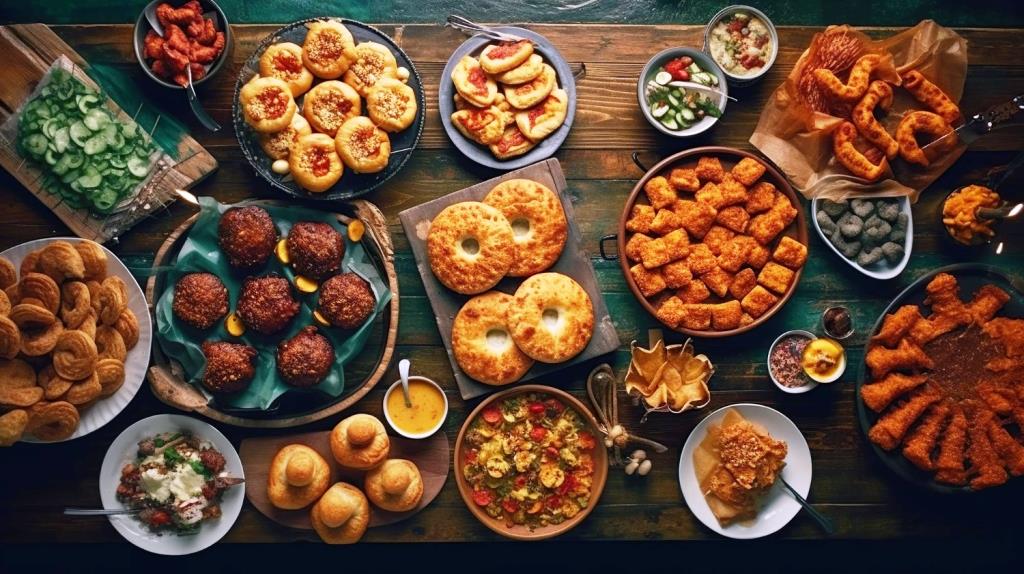As the chilly winds embrace the Indian subcontinent, the vibrant aromas of traditional winter foods waft through every household, marking the beginning of a season filled with warmth and indulgence.
From the robust flavors of Sarson da Saag and Makki di Roti to the sweet delights of Gajar ka Halwa, the culinary landscape of India is adorned with an array of enticing dishes that are synonymous with the winter months. Join us on a flavorful journey as we delve into the heart of these beloved winter delicacies, cherished for generations across the diverse regions of the country.
Top 10 Indian Tradition Foods & Dishes Everyone Should Try Once In Your Life
I. Sarson da Saag and Makki di Roti: Punjab Traditional Winter Foods
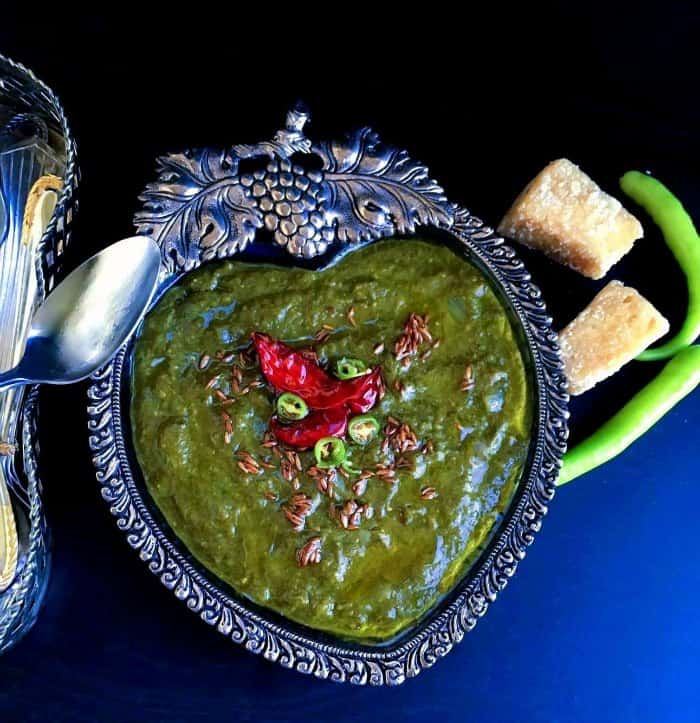
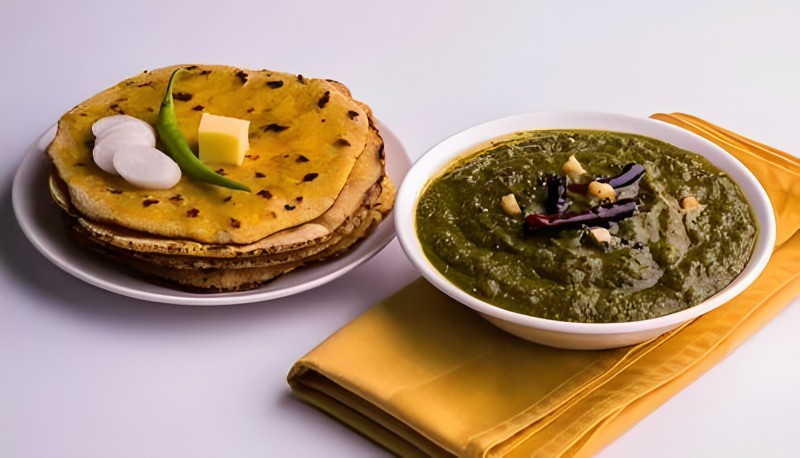
Nestled in the heart of Punjab, Sarson da Saag and Makki di Roti embody the essence of the winter season for many. The pungent aroma of mustard greens simmered with spices and the earthy texture of cornmeal flatbread create a culinary symphony that resonates with both the taste buds and the soul.
II. Gajar ka Halwa: Most Loveble Indian Traditional Winter Foods
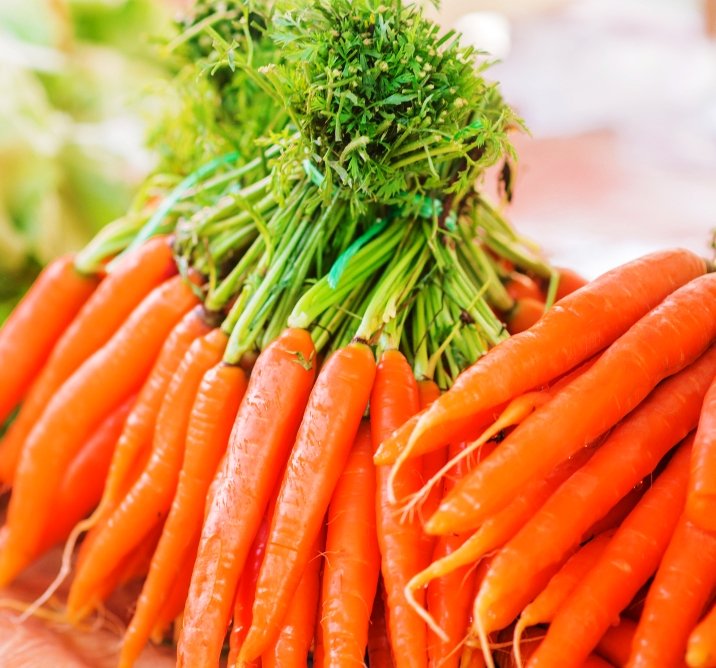
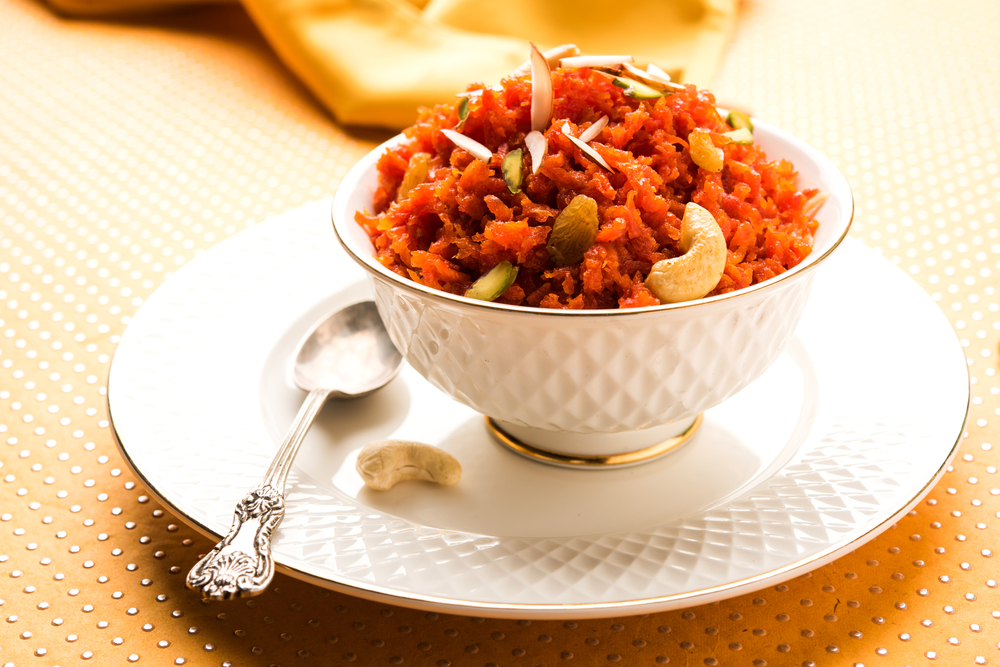
Moving eastward, the enchanting fragrance of Gajar ka Halwa fills the air, enchanting food enthusiasts with its sweet and gratifying allure. Crafted from grated carrots, simmered in milk, and enriched with ghee, this winter delicacy is a celebration of rich flavors and heartfelt indulgence.
III. Litti Chokha: Bihar’s Favourite Traditional Winter Foods
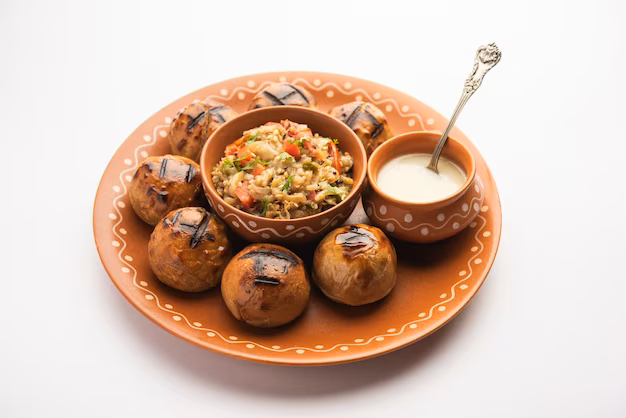
Venturing into the heart of Bihar, Litti Chokha takes center stage, captivating food aficionados with its rustic charm and robust flavors. This traditional dish, comprising roasted gram flour balls stuffed with spiced fillings, paired with a medley of roasted vegetables, epitomizes the rustic warmth of the winter season in the region.
IV. Undhiyu: Gujarati Peoples Are Loves Undhiyu in Winter Seasons
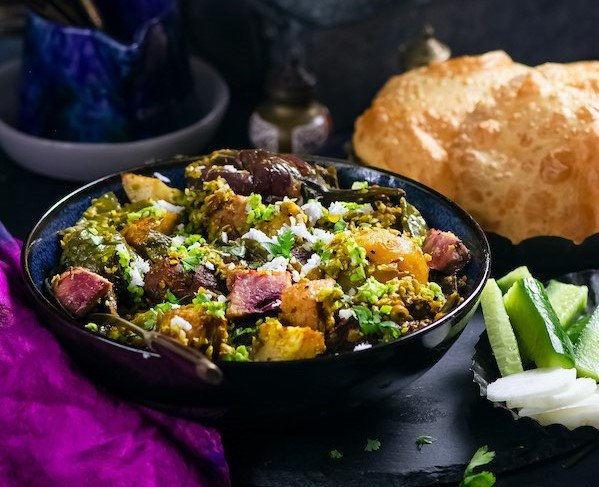
In the western state of Gujarat, Undhiyu reigns supreme as a seasonal delicacy that embodies the cultural tapestry of the region. Brimming with a variety of winter vegetables, fenugreek dumplings, and a symphony of spices, Undhiyu tantalizes the palate with its harmonious blend of flavors and textures.
V. Gaund ke Laddu: Indian Home-Made Winter Foods
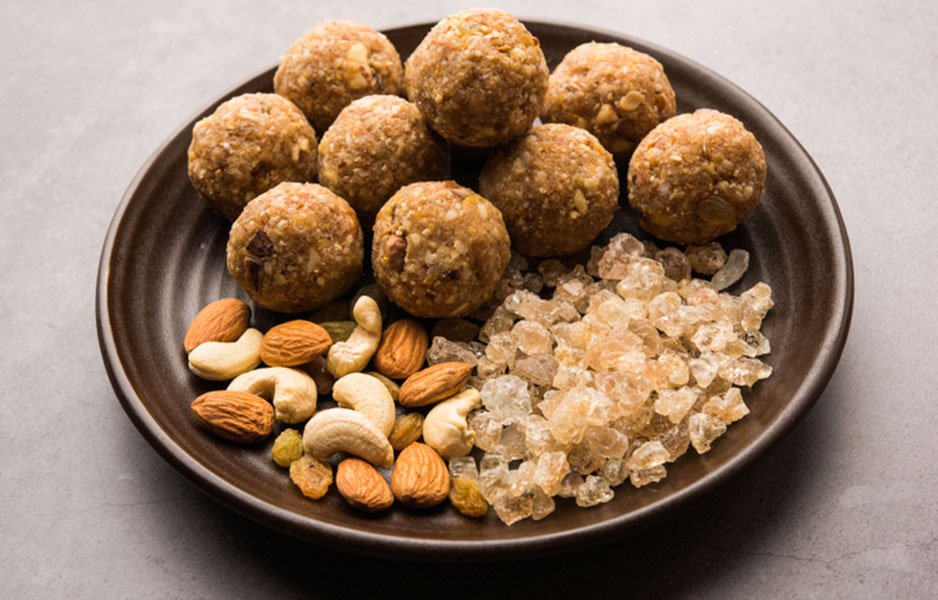
As the cold winds sweep through the northern plains, the aromatic charm of Gaund ke Laddu takes the spotlight. These sweet, nutty delights, made from edible gum resin, whole wheat flour, and an assortment of nuts, serve as a source of energy and warmth during the frosty winter days.
VI. Nolen Gurer Sandesh: Bengali Traditional Winter Foods
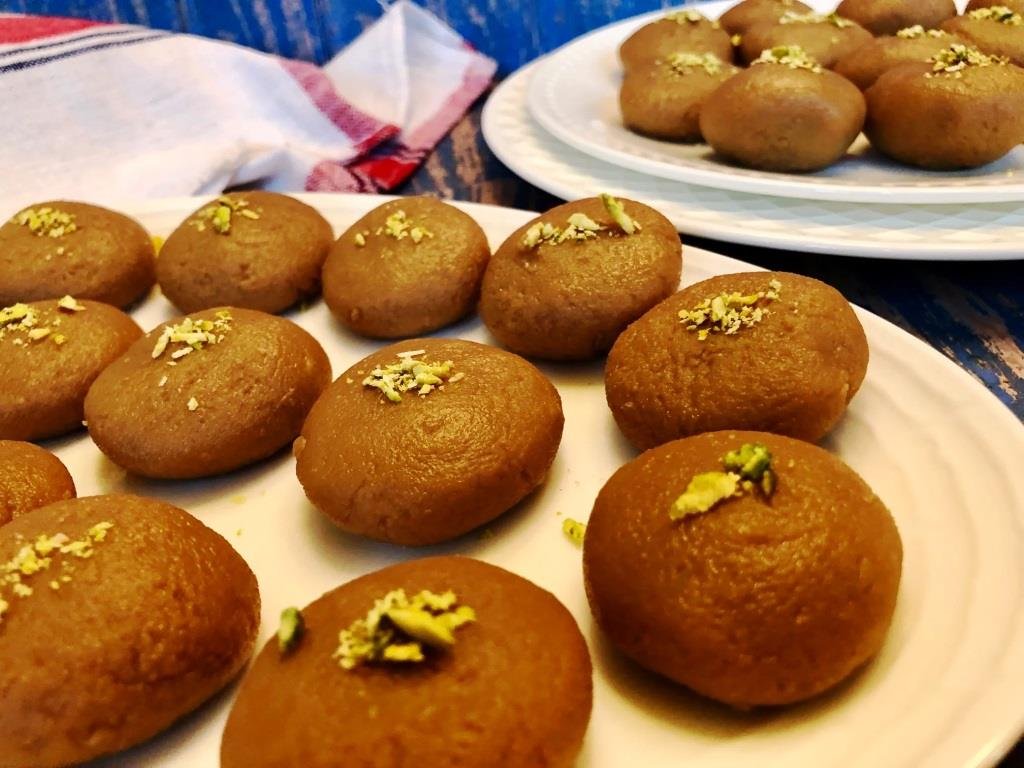
In the eastern state of West Bengal, Nolen Gurer Sandesh emerges as a beloved winter confectionery, revered for its delicate texture and exquisite sweetness. Crafted from fresh cottage cheese and date palm jaggery, this delectable dessert encapsulates the essence of Bengal’s winter festivities.
VII. Methi Thepla- Famous Gujarati Breakfast Dish
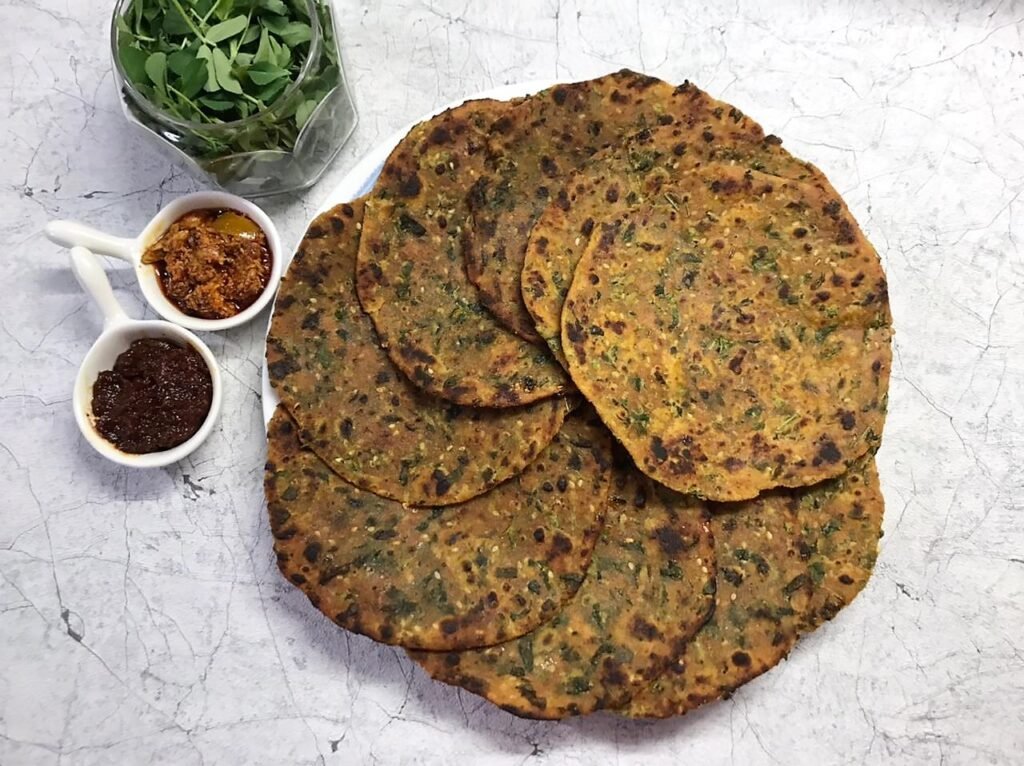
Traveling to the western state of Gujarat once more, Methi Thepla emerges as a quintessential winter delight, cherished for its robust flavors and wholesome appeal. This spiced flatbread, infused with fresh fenugreek leaves and a blend of aromatic spices, offers a delectable accompaniment to the winter meals in the region.
VIII. Moong Dal Halwa: Rajasthan Home Made Winter Foods
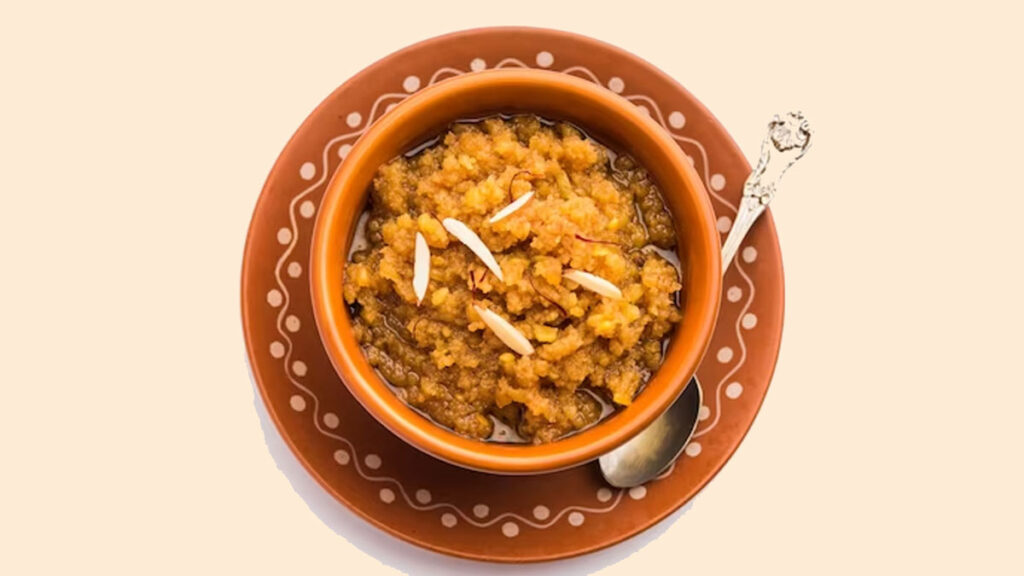
Hailing from the kitchens of Rajasthan, Moong Dal Halwa captivates the senses with its golden hues and irresistible sweetness. Made from split yellow lentils, ghee, and an indulgent dose of sugar, this traditional winter dessert reflects the opulence and hospitality that define Rajasthan’s culinary heritage.
IX. Rasam: South World Famous Winter Dish
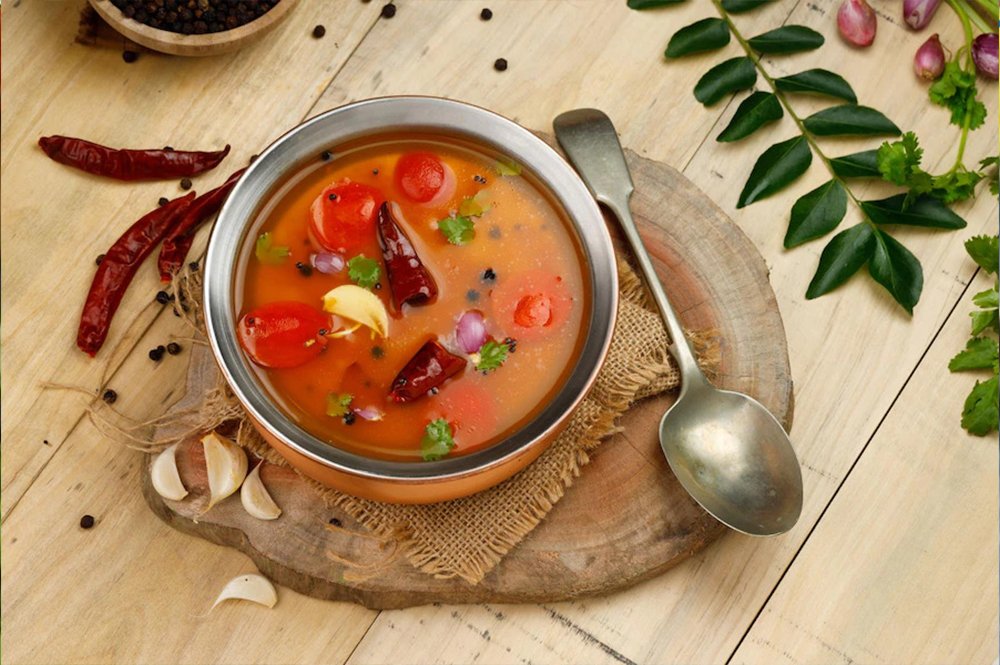
Heading south to the coastal regions, the tangy fervor of Rasam takes the forefront, offering a comforting and invigorating respite during the cool winter evenings. This spiced tomato soup, infused with tamarind, lentils, and a medley of aromatic spices, serves as a quintessential South Indian staple, revered for its therapeutic and culinary virtues.
X. Chikki: Indian Traditional Winter Sweet
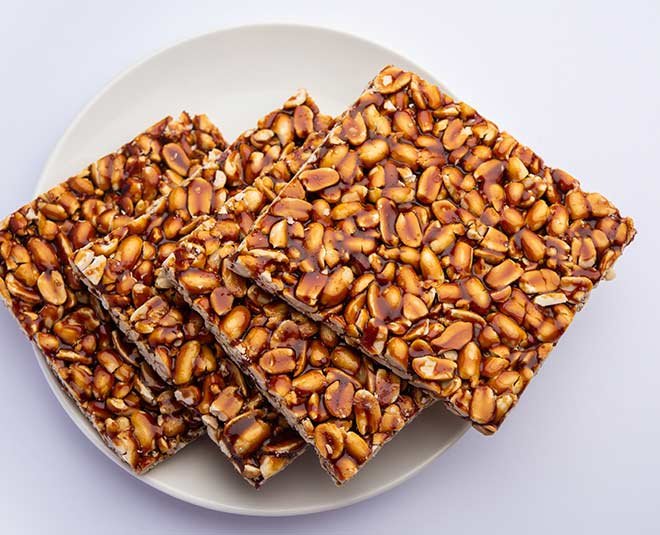
As the crisp wintry breeze sets in, there’s no better companion than the comforting crunch of chikki. This age-old Indian delicacy is a tantalizing amalgamation of jaggery or sugar and roasted nuts, each bite encapsulating the essence of warmth and tradition. Its golden hue and brittle texture, infused with the sweetness of nostalgia, make it a quintessential indulgence during the chilly months.
Why Are Traditional Winter Foods In India So Popular During The Cold Season?
Traditional winter foods in India are crafted with careful consideration of the seasonal changes and the body’s nutritional needs during the colder months. These dishes are often designed to provide warmth, comfort, and nourishment, making them popular choices during winter.
A. Nutritional Requirements:
Winter dishes in India are often rich in essential nutrients, fats, and proteins, which help in providing the necessary energy to keep the body warm and healthy during the colder months. Ingredients like lentils, whole grains, and various vegetables offer a balanced diet essential for maintaining overall health and well-being.
B. Warmth and Comfort:
Many of these dishes are prepared with ingredients that have a warming effect on the body, such as spices like ginger, garlic, and turmeric. These spices not only add flavor but also contribute to improving blood circulation and providing a comforting, cozy feeling during the chilly weather.
C. Cultural Significance:
These dishes often hold cultural significance, being a part of traditional winter festivities and celebrations. They serve as a reminder of cultural heritage and are consumed as a way to celebrate the seasonal changes and evoke a sense of community and togetherness.
D. Seasonal Ingredients:
Winter dishes in India are often prepared using seasonal produce, ensuring freshness and optimal taste. Fresh vegetables, grains, and spices that are available during the winter season are used to create these dishes, adding to their authenticity and nutritional value.
E. Fulfilling and Satiating:
Many winter dishes are known for their hearty and filling nature. They provide a sense of satiety and comfort, making them an ideal choice for the cold winter days when people seek warmth and contentment through their meals.
F. Boosting Immunity:
Several ingredients used in these dishes, such as turmeric, ginger, and garlic, are known for their immune-boosting properties. Consuming these dishes during winter can help strengthen the immune system and protect the body from common colds, flu, and other seasonal illnesses.
G. Culinary Diversity:
India’s culinary landscape is rich and diverse, with various regions boasting their unique winter specialties. This diversity allows people to explore different flavors and cooking techniques, adding a sense of excitement and novelty to the dining experience during the winter months.

